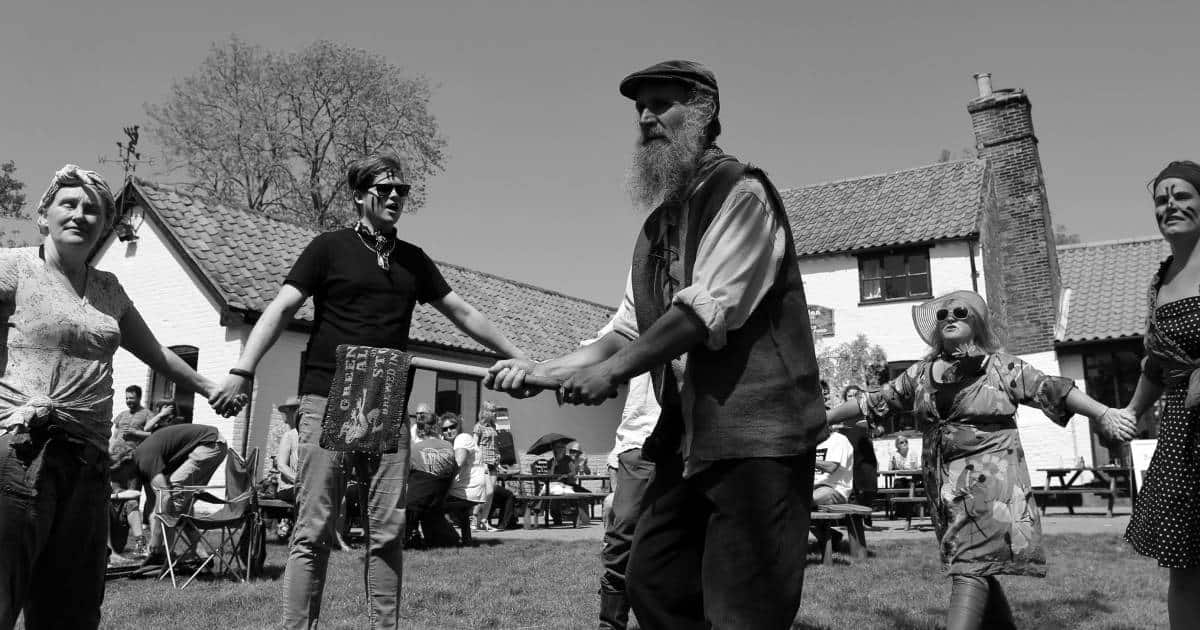There are many people who wonder what on earth they did before they discovered football, cricket, basketball, or baseball. Sport is such an important part of our culture that allegiance to certain sports and individual teams across the world is a key indicator of someone’s personality. Soccer, for example, is chiefly a working man’s game worldwide, yet is seen as a sport for white-collar girls in the US. Likewise, a baseball-loving New Yorker’s allegiance to the Mets or the Yankees usually says a lot about their socioeconomic status. Loving, or even hating, sport is an important part of our identity.
But today’s most popular sports are of a relatively recent vintage. Basketball, soccer, baseball, and tennis are all nineteenth-century inventions, though derived from existing games. So which sports did our ancestors play or watch in their free time? Judging from this list, some very weird ones indeed. But it would be a mistake to assume that man’s innate quest to invent new, ridiculous sports has stopped since today’s more popular, and usually less dangerous, sports were formalised. Incredibly, some of these bizarre sports are not only younger than baseball but still played today. Others have, thankfully, been confined to history.

1. Every year, hundreds of people still chase a wheel of cheese down a hill in Gloucestershire, UK
The village of Brockworth, Gloucestershire, is an ancient, sleepy settlement with a very unusual claim to fame: the Cooper’s Hill Cheese-Rolling and Wake. For centuries, villagers have assembled on a single day of the year to chase a 9 pound wheel of cheese that can reach speeds of up to 70 mph down a very steep hill. Whoever crosses the finish line first wins the very battered lump of Double Gloucester cheese. As you can imagine, running as fast as you can down a steep hill results in many horrible injuries every year, and so-coveted a prize inspires much skulduggery.
There are numerous theories about the game’s origin. Some say that it is derived from a ceremony to maintain grazing rights for common folk over Cooper’s Hill. Others of a more romantic temperament have said that it is a remnant of pagan fertility rites, when people would make sacrifices to earth-gods to ensure a good harvest. Most plausibly, it is simply just something people did for fun. Cheese-Rolling was once part of a wider program of sports including wrestling and country dancing that took place on the Christian holiday of Whit Monday, celebrated by people across the country.
Injuries, as aforementioned, are inevitable. Cooper’s Hill is not only steep but uneven. A sore bottom and a twisted ankle are the minimum participants can expect. In the 1993 event, 15 people were injured, 4 seriously, taking part. In our modern era of health and safety, there have been calls for the event to be banned altogether. The 2011 event was officially cancelled due to the local council’s draconian restrictions, but locals took no notice. ‘They say it’s not official, but we are all Brockworth people, and we’re running the cheese today, so it is official’, raged a former champion.

